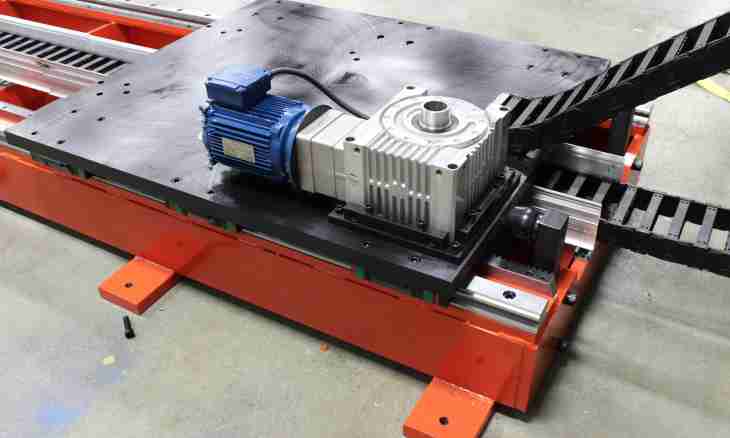Linear speed characterizes the curvilinear movement. In any point of a trajectory it is directed on a tangent to it. It can be measured by means of a usual speedometer. If it is known that such speed is constant, then it is from the relation of a way at the right time for which it was passed. Special formulas are used for calculation of linear speed of the body moving on a circle.
It is required to you
- - speedometer;
- - angle meter;
- - stop watch;
- - calculator.
Instruction
1. If it is possible, equip a body with a speedometer (for example, in the car it is built-in), and measure the linear speed of the movement of a body. If it is known that the movement evenly (the module of speed does not change), find length of a trajectory on which S body moved, by means of a stop watch measure time of t which the body spent at ways. Find linear speed, having divided a way for the period of its passing of v=S/t.
2. To find the linear speed of a body which moves on a circular trajectory measure its radius by R. After that, by means of a stop watch, measure T time spent by a body for one full address. It is called the rotation period. To find the linear speed with which the body moves on a circular trajectory divide its length 2 ∙π ∙ R (circle length), π ≈ 3.14, for rotation of v=2 ∙π ∙ R/T.
3. Determine linear speed, using its ratio about angular. For this purpose by means of a stop watch find time of t for which the body describes the arch visible from the center, at an angle φ. Measure this corner in radians and the radius of a circle of R which is a trajectory of the movement of a body. If the angle meter performs measurement in degrees, transfer it to radians. For this purpose π increase number by indications of the angle meter and divide into 180. For example, if the body described an arch 30º, then this corner is equal in radians π ∙ 30/180=π/6. Considering that π ≈ 3.14, π/6≈0.523 a radian. The central corner resting against the arch passed by a body is called angular movement, and angular speed is equal to the relation of angular movement to time for which it occurred ω=φ/t. Find linear speed, having increased v=ω, angular on trajectory radius, ∙ R.
4. If there is a value of centripetal acceleration of a which has any body which moves on a circle, find linear speed. For this purpose increase linear acceleration by radius R circles, representing a trajectory, and take the square root v= from the received number √ (a∙R).

